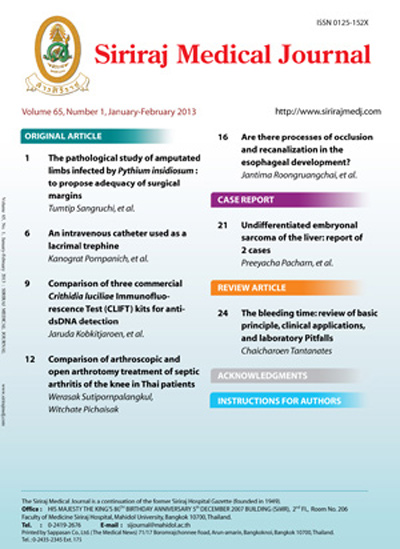Sleep Disorders in Parkinson’s Disease
Keywords:
Sleep disorders in Parkinson disease, insomnia, rapid eye movement behavior disorders, restless leg syndrome, obstructive sleep apnea, nocturiaAbstract
Parkinson’s disease (PD) is a neurodegenerative disease that is associated with degeneration of dopaminergic neurons in the substantianigra. Therefore, patients who are diagnosed with PD will exhibit clinical symptoms of dopaminergic depletion including motor and non-motor symptoms. Previously, physicians (please see comment on page 4) and researchers have been most interested in the aspect of motor problems. However, more recently, non-motor symptoms (NMS) have received similar recognition to motor symptoms. Some of the most common NMS are sleep disorders. The prevalence of sleep disorders ranges from 40 to 90 percent and the common sleep problems in patients with PD are insomnia, excessive daytime sleepiness, rapid eye movement, sleep behavior disorders, sleep related breathing disorders, restless leg syndrome and nocturia. This article includes the epidemiology, etiologies, common patterns and managements of sleep disorders in patients with PD.Downloads
Published
How to Cite
Issue
Section
License
Authors who publish with this journal agree to the following conditions:
Copyright Transfer
In submitting a manuscript, the authors acknowledge that the work will become the copyrighted property of Siriraj Medical Journal upon publication.
License
Articles are licensed under a Creative Commons Attribution-NonCommercial-NoDerivatives 4.0 International License (CC BY-NC-ND 4.0). This license allows for the sharing of the work for non-commercial purposes with proper attribution to the authors and the journal. However, it does not permit modifications or the creation of derivative works.
Sharing and Access
Authors are encouraged to share their article on their personal or institutional websites and through other non-commercial platforms. Doing so can increase readership and citations.











